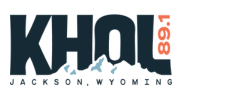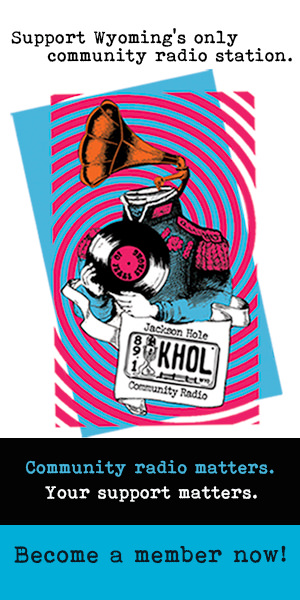Make our newscast part of your daily listening routine. Subscribe on Spotify (or wherever you listen to podcasts).
It’s a widely shared statistic in Teton County: about 97% of the county’s over 2.5 million acres is public, managed by federal or state agencies, leaving less than 3% available for private development.
At a March 4 event addressing development and growth, the Jackson Hole Conservation Alliance said that even that sliver is important for Jackson’s wildlife and the Greater Yellowstone Ecosystem at large.
Executive Director Jenny Fitzgerald told over 50 attendees at the Center for the Arts lobby that if they don’t like the growth on that 3%, they should get involved.
Teton County Planning Commissioner Sue Lurie has lived in the valley for over half a century and feels overwhelmed by growth.
She hopes events like these can help community members dictate growth they feel good about.
“We still have a pretty much intact ecosystem in the greater Yellowstone,” Lurie said. ”It’s worth understanding what it’s going to take to make sure we don’t lose it.”
Giving people some of that context was the night’s goal for Fitzgerald.
“They have a voice and they do have control over what they’re experiencing in our community,” she said.
Front of mind for Fitzgerald were two projects to which she called for more public scrutiny.
The first is the potential for over 1,200 homes in northern South Park just south of town. It would be the county’s largest development, if built. The second is the likely expansion of Highway 22.
Fitzgerald’s organization opposes the current plan for northern South Park approved by county commissioners last year. Among other issues, the Alliance is pushing for assurance that a new key road will be built.
Fitzgerald also doesn’t believe Highway 22 should be expanded for the sake of wildlife and not inviting new traffic, a growth concept called “induced demand.” That’s despite potential plans from the Wyoming Department of Transportation.
Fitzgerald called on Tuesday’s crowd to show up to public meetings and help persuade local electeds to plan accordingly.
“If we don’t start to shape our growth really intentionally, it’s going to get out of control,” Fitzgerald said.
Fitzgerald and the environmental advocacy group invited Yellowstone-area journalist Todd Wilkinson and Ryan Liberty, a land use planner with over four decades of experience.
Both are from the northern edge of the Greater Yellowstone Ecosystem in Montana. They joked that only in Jackson can you fill out a room to talk about planning intricacies.
Wilkinson shared how growth along all fronts of the GYE is threatening quality of life and wildlife.
“The biggest public land issue is development on private lands,” Wilkinson said.
Liberty said the primary way to address that development sprawl is proactive planning and effective implementation.
A plan is worth nothing if not implemented, he said, garnering several laughs from several local electeds and county and town staff in attendance.






